05.08 -03.09.2023
INSULA CAMPO VERITÀ
ARTISTS:
Mao Alheimsdottir
Michaela Lakova
Bryndís Björnsdóttir
Voin de voin
Karolina Daria Flora
Joseph Marzolla
Emilie Pischedda
Amanda Riffo
and Guests…
CURATORS: Þorbjörg Jónsdóttir, Joseph Marzolla
In end of July and until the beginning of August 2023, a group of artists/writers/performers/art-space organizers from different places in Europe, gathered in Verksmiðjan Hjalteyri for a symposium-residency followed by series of events, talks & performances.
Verksmidjan, a former herring factory that has been converted into an artist-run projectspace, is located in the remote village of Hjalteyri in Northern-Iceland.
Despite some traces of human presence, nature is omnipresent in its surroundings. Next to the arctic circle, between oceans and wild lands, it's in this inspiring place that they built their base camp for 3 weeks of intensive research, communication and creation, based on topics questioning the meaning of art making today, both in terms of production and presentation.
The accumulation of objects/materials in the present world is senseless and generates endless waste.
The object in art is also a market value augmenting inequalities. We are in a context of historical social movement within a growing rebellion against an ecocide capitalist system.
During the time that this group of artists spent together in Verksmiðjan they have led reflections on new forms of productions and artistic values in a kind, peaceful, fun and loving context. The objective was to create a bridge and hold inclusive discussions between artists, art spaces and any members of the public willing to discuss these topics.







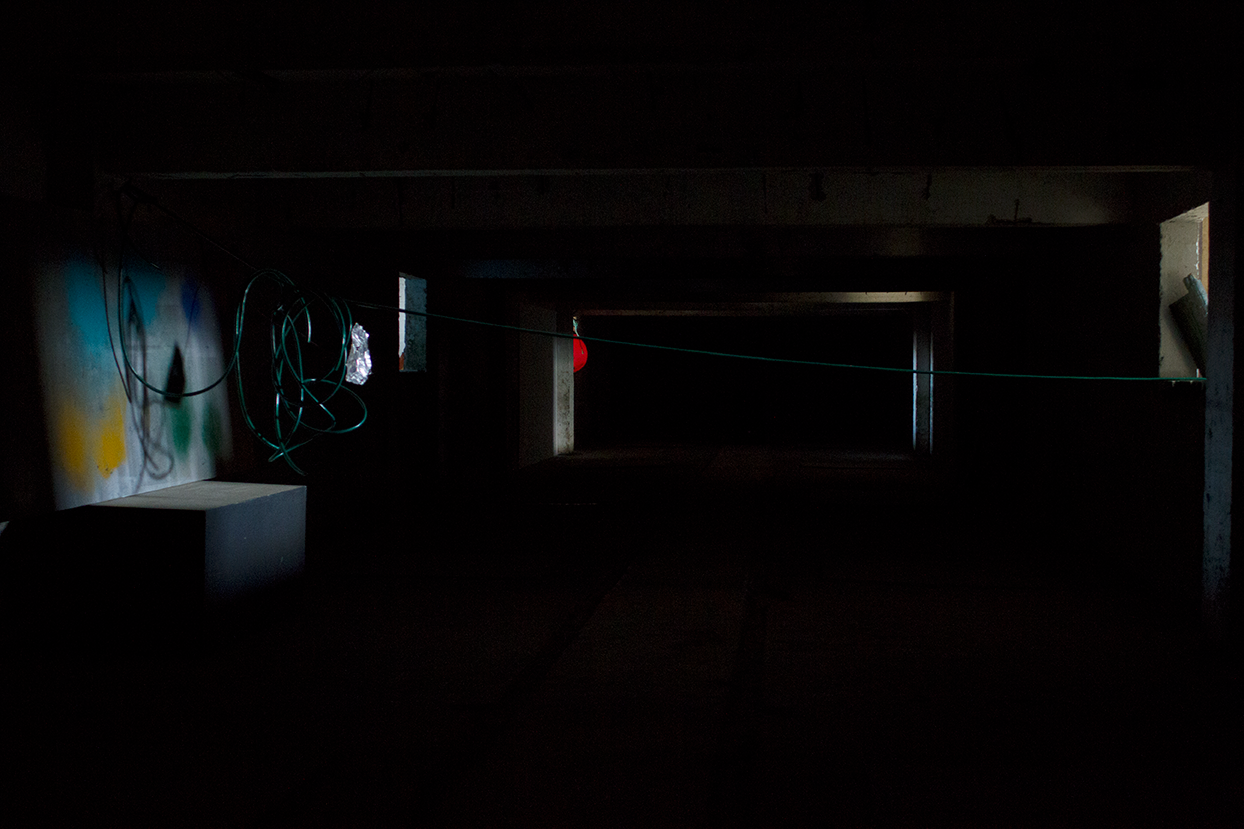



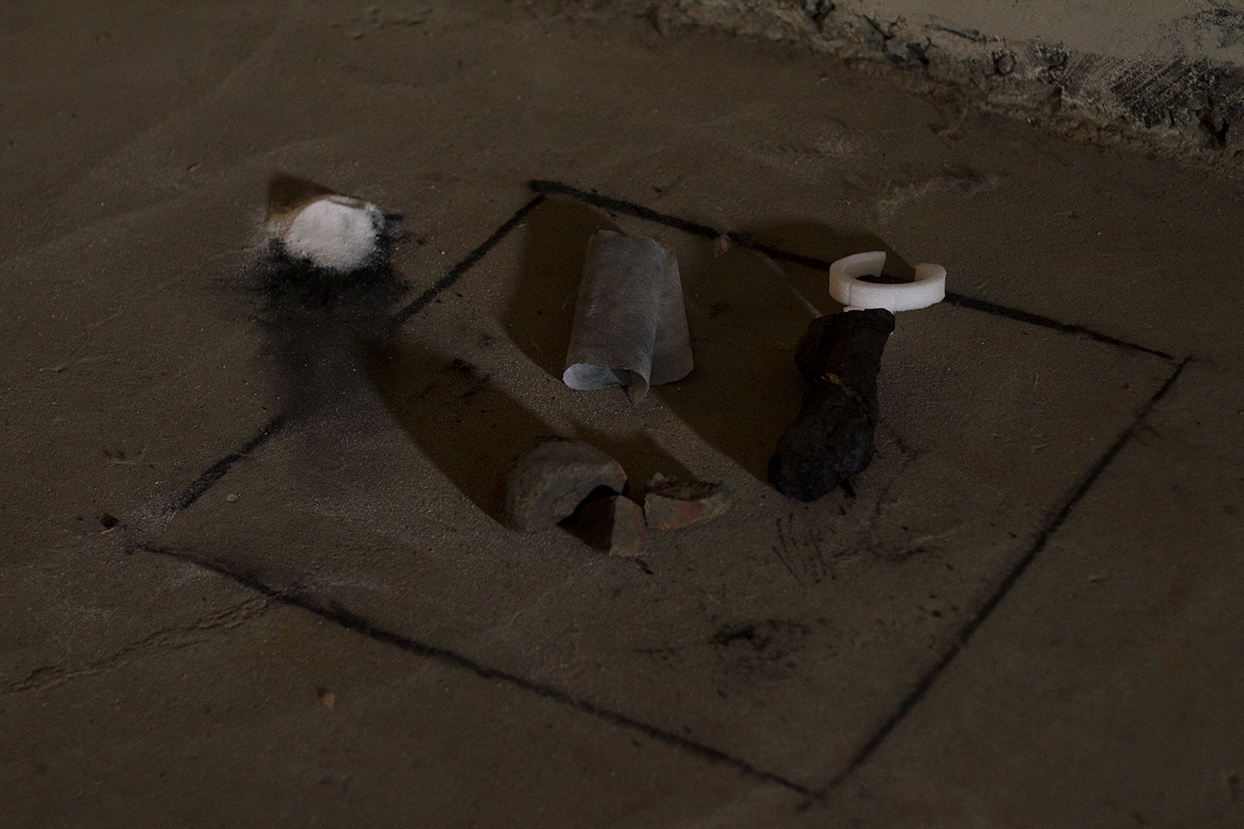







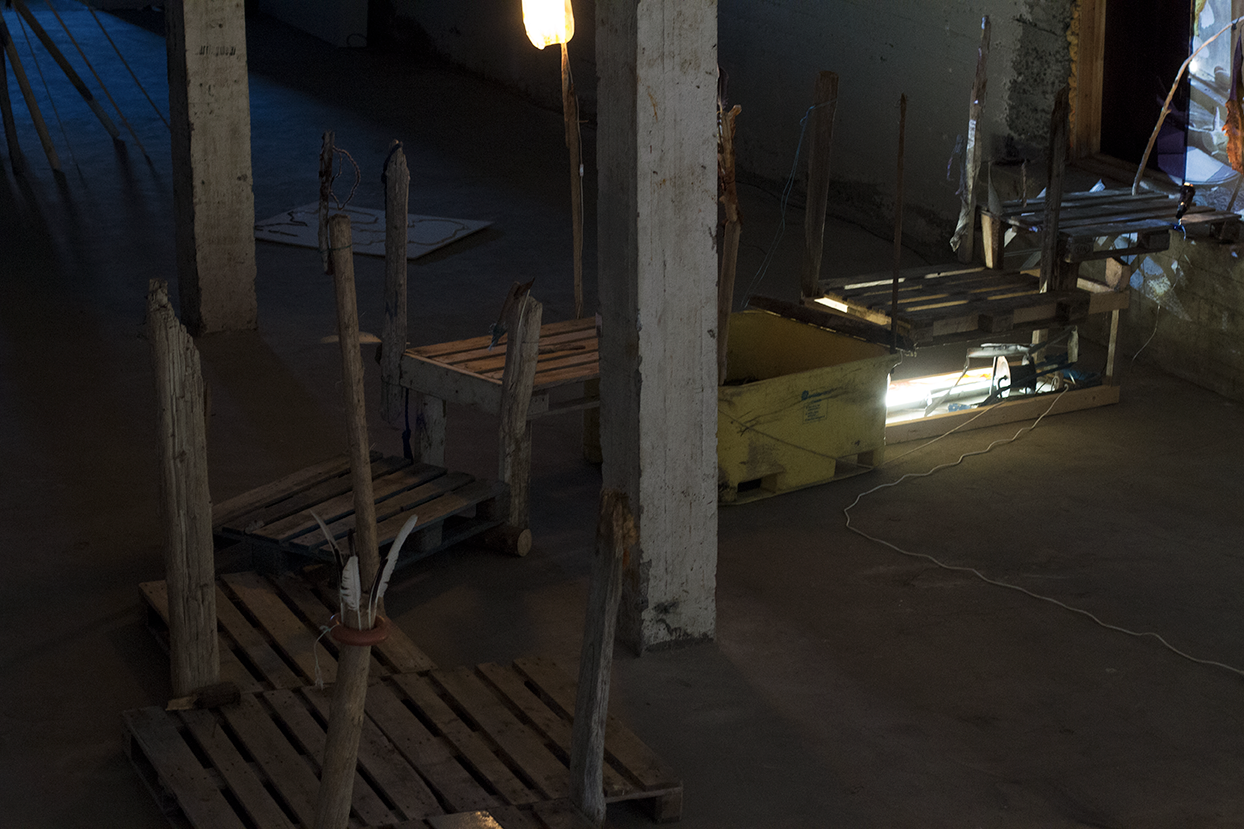



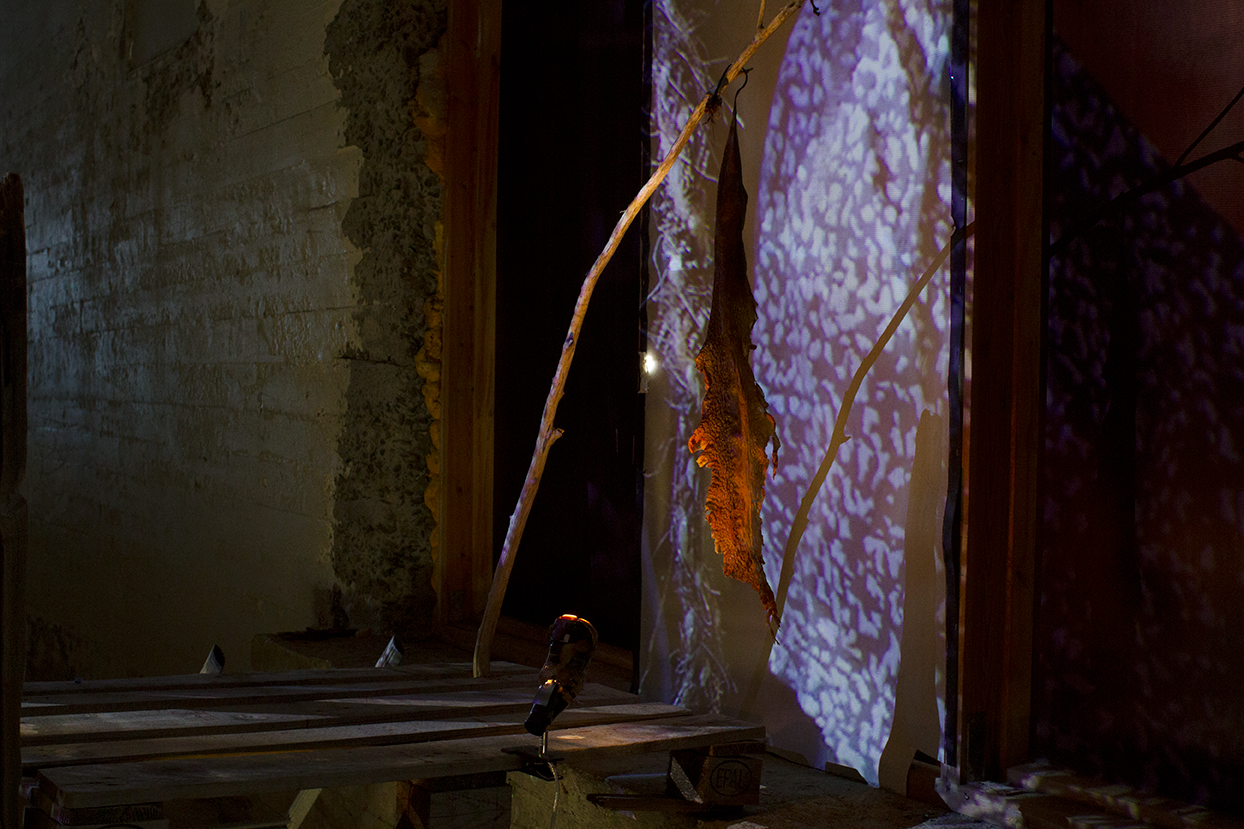




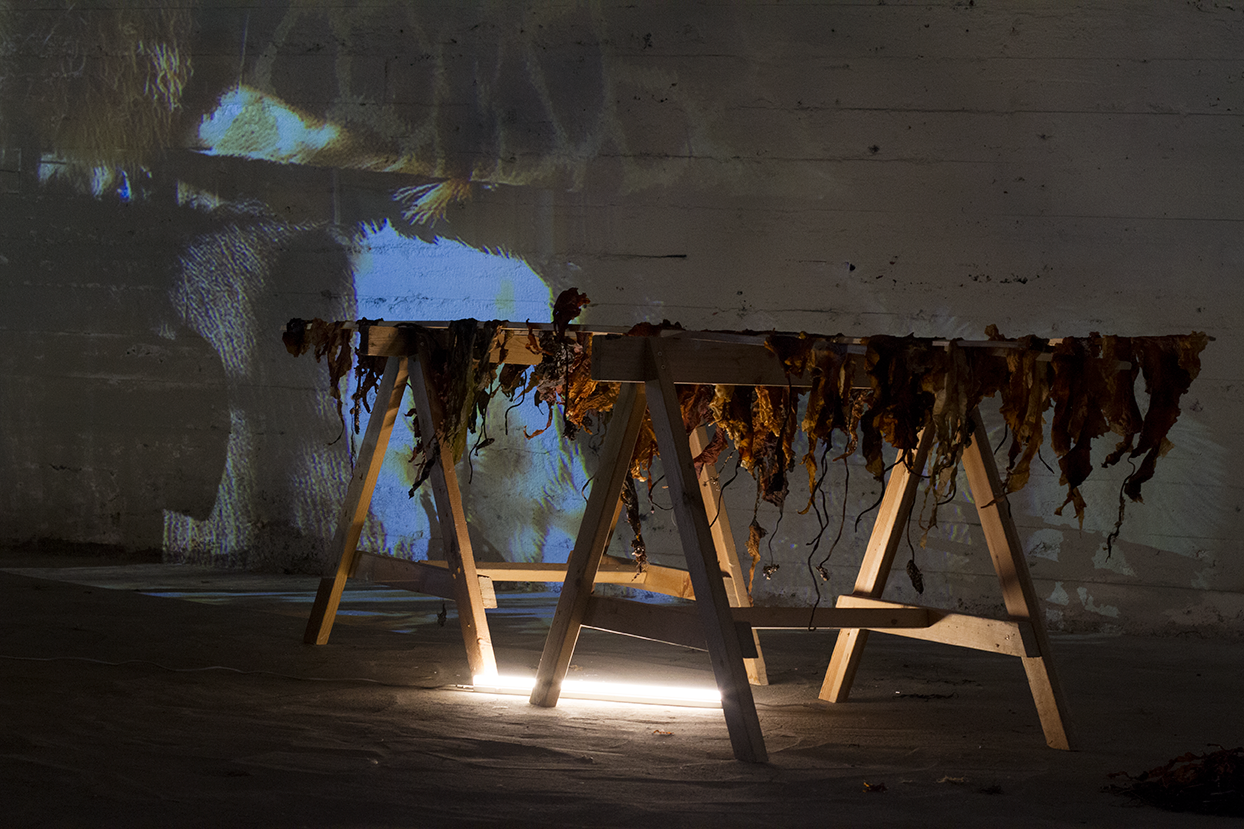

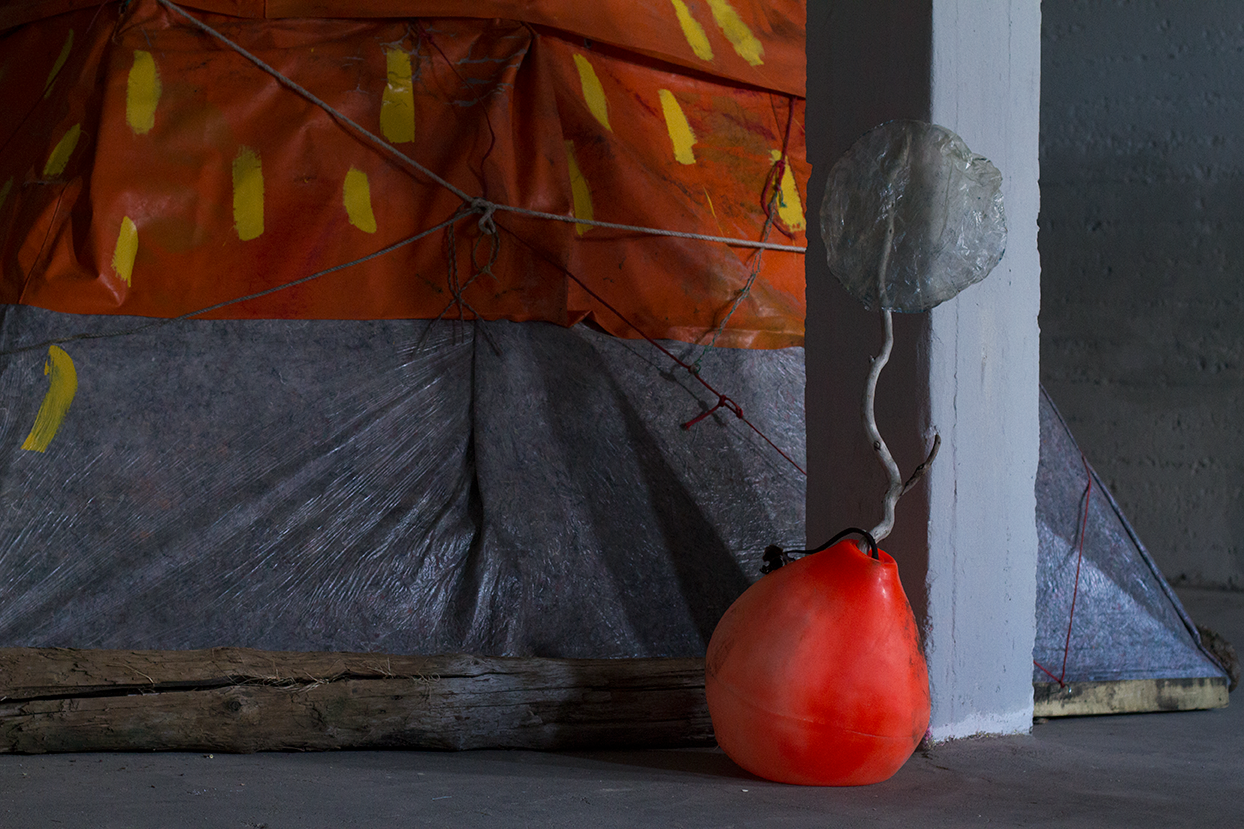
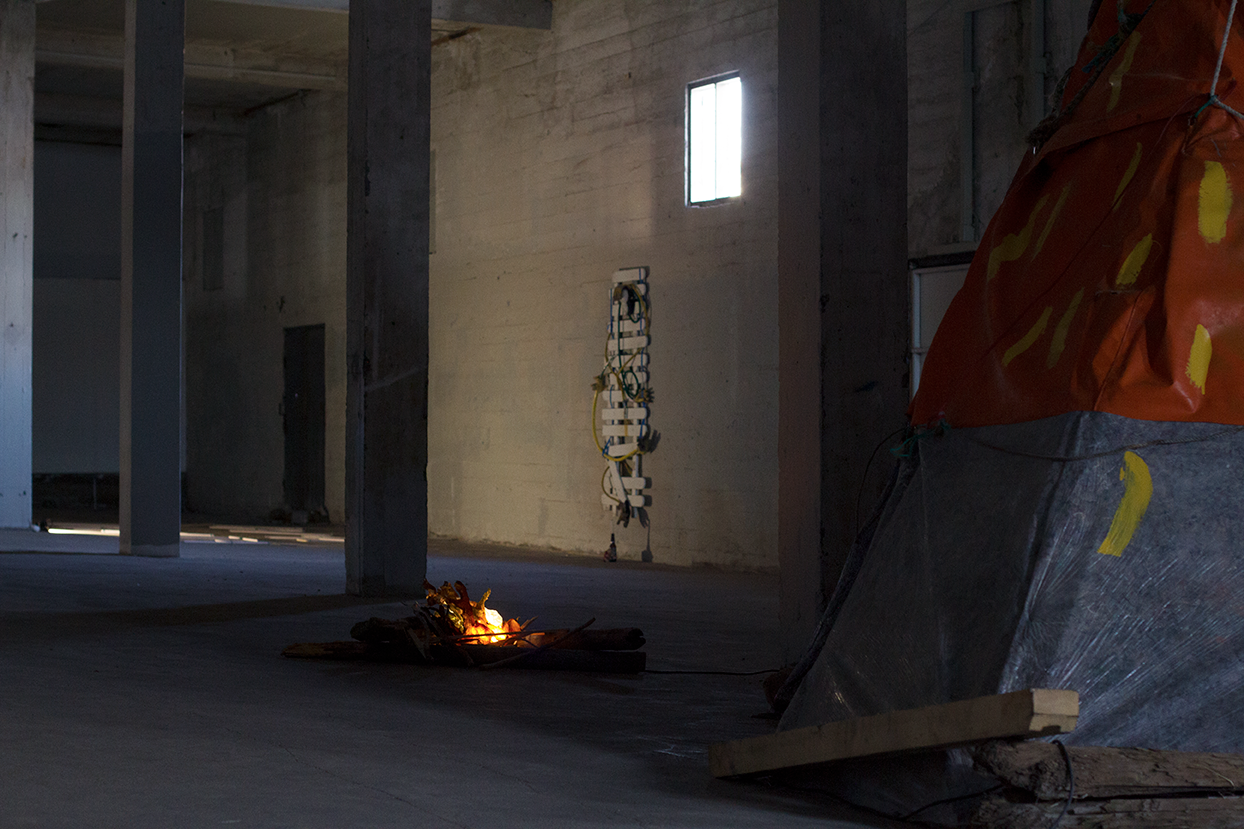

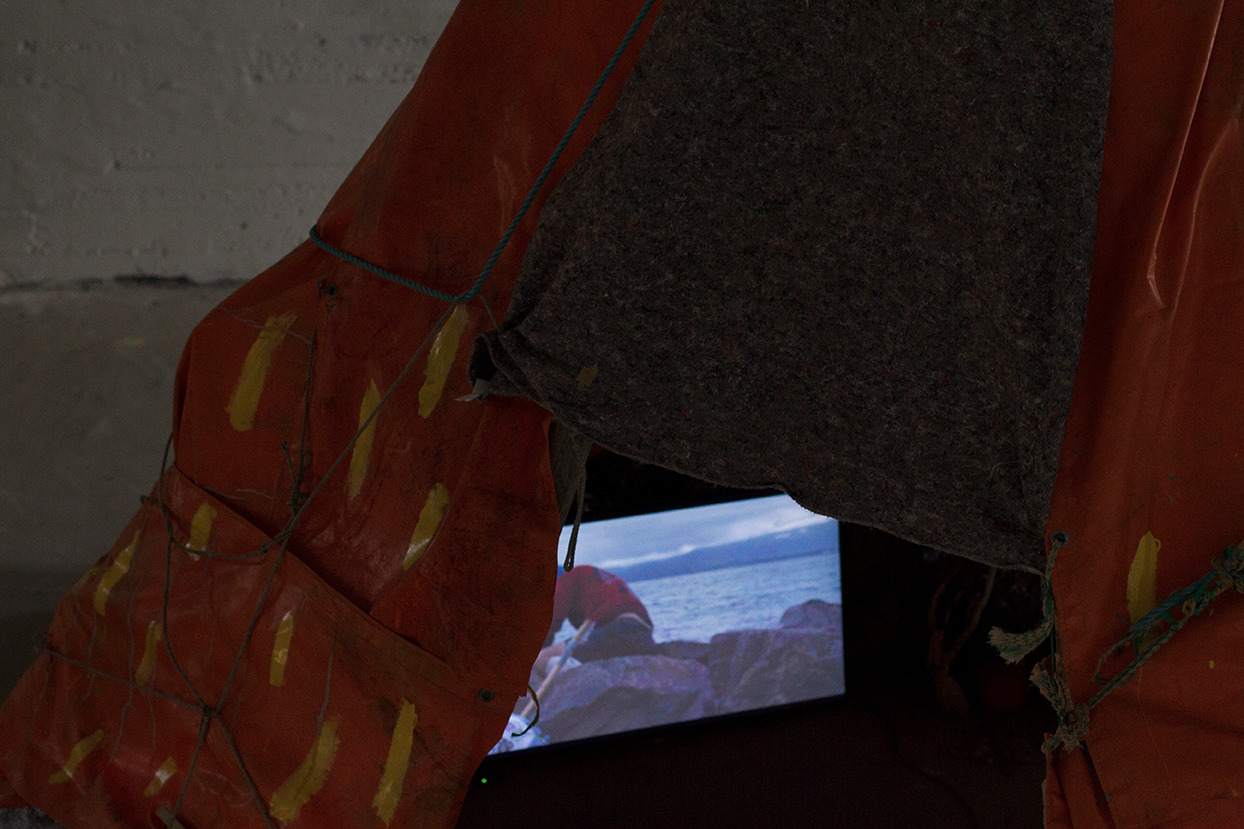





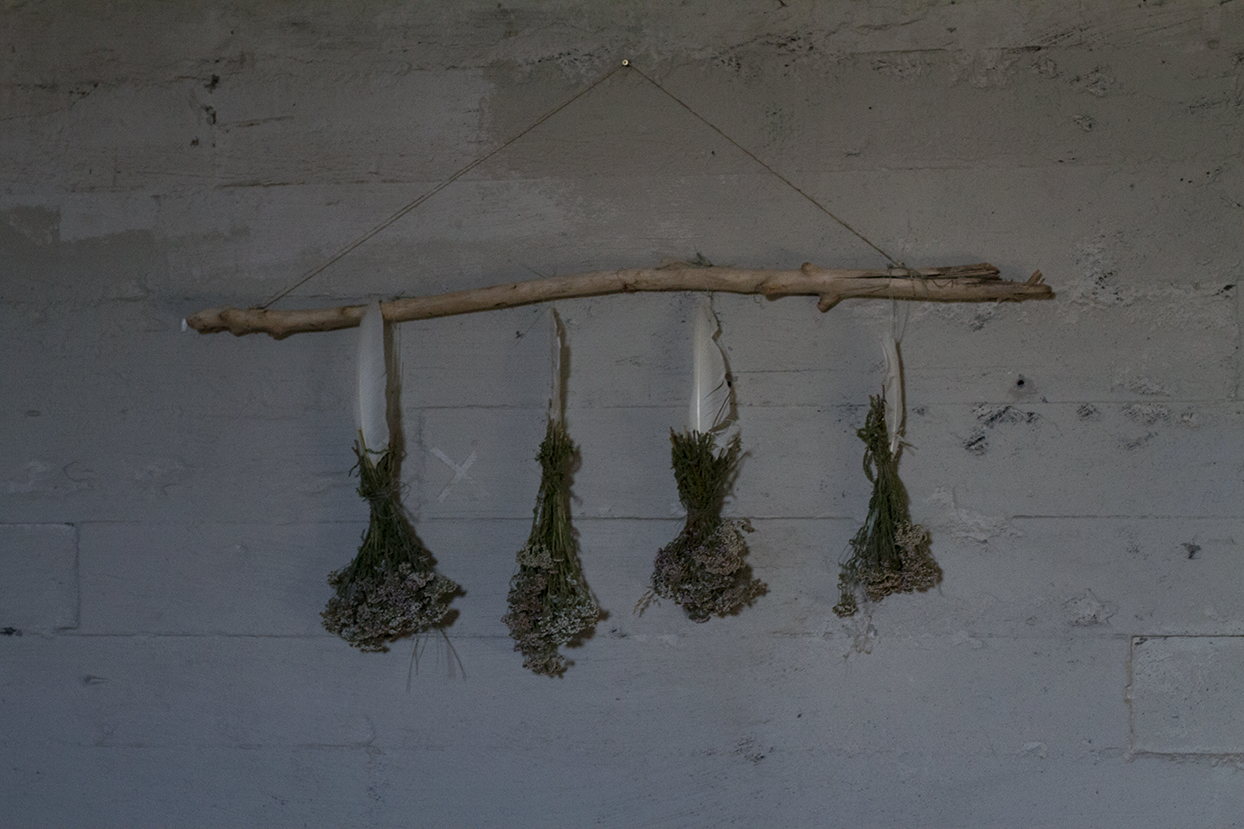

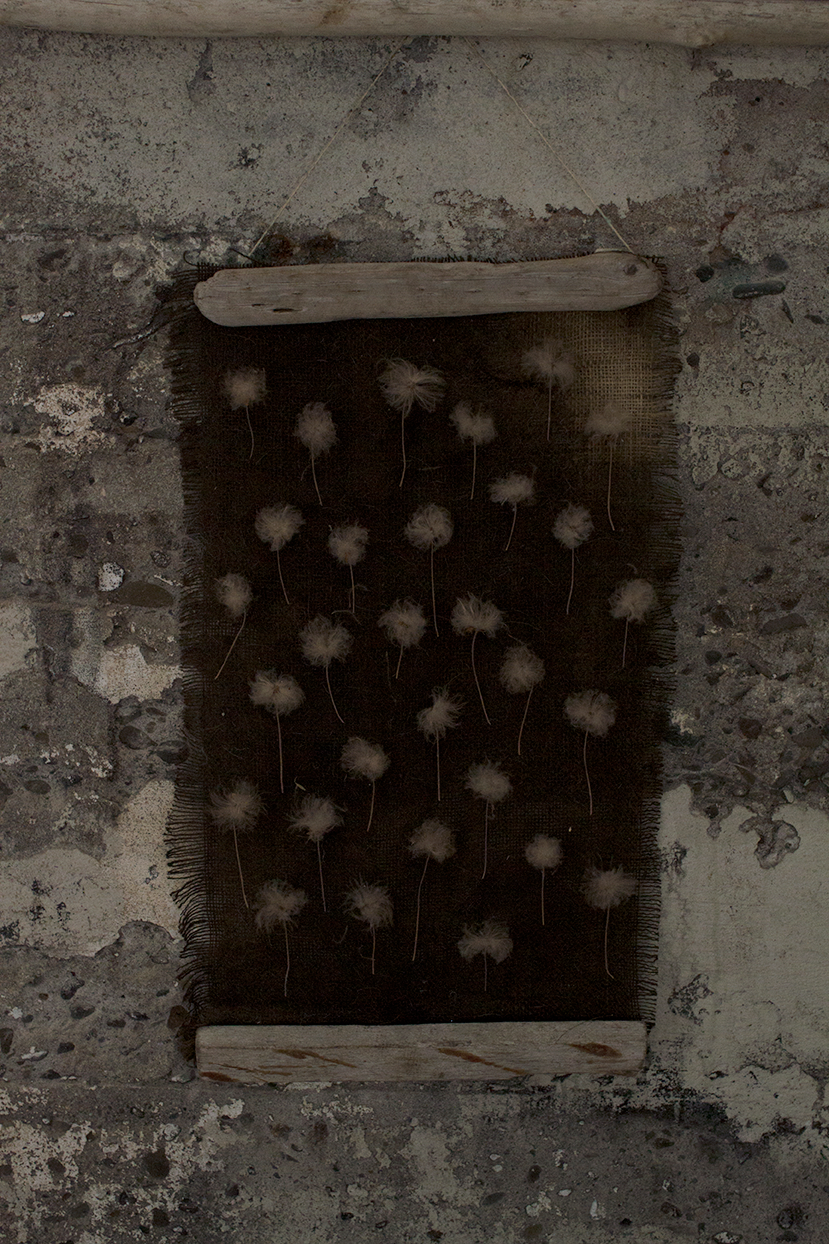
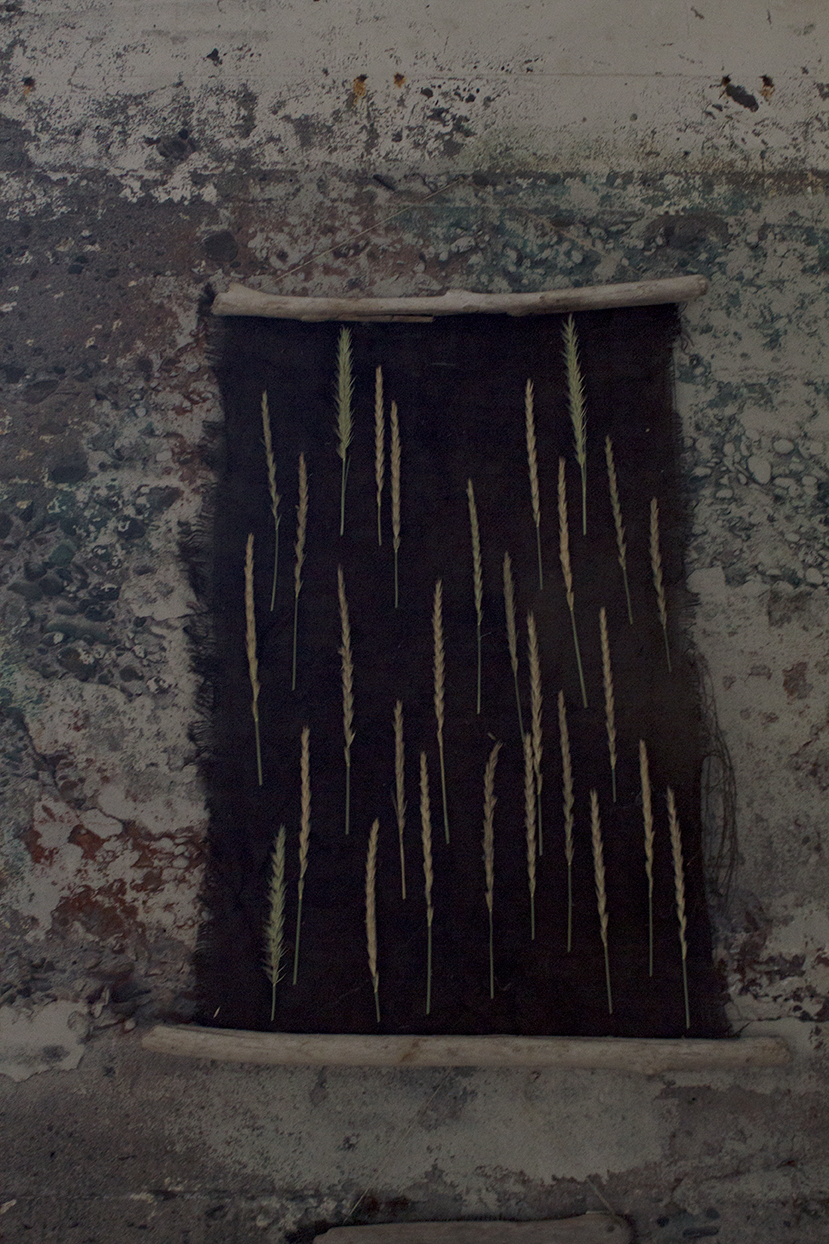






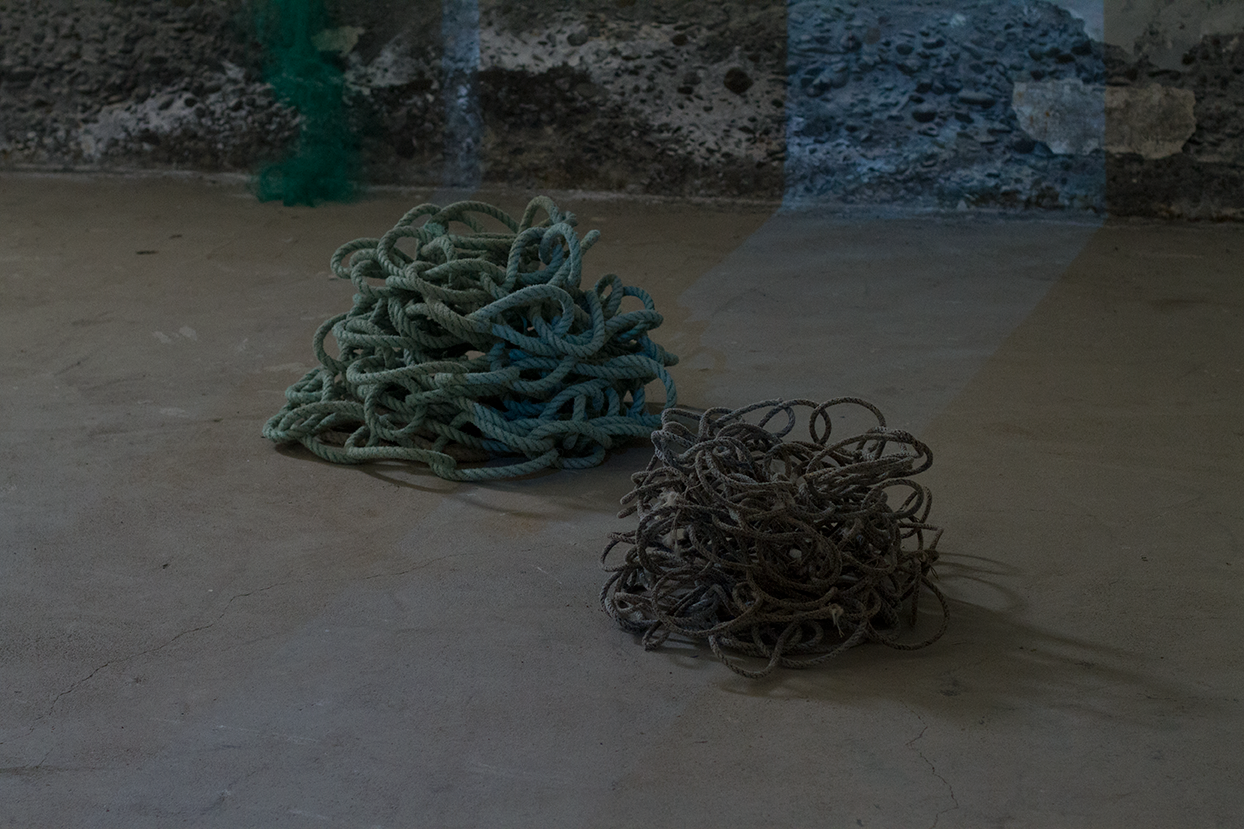












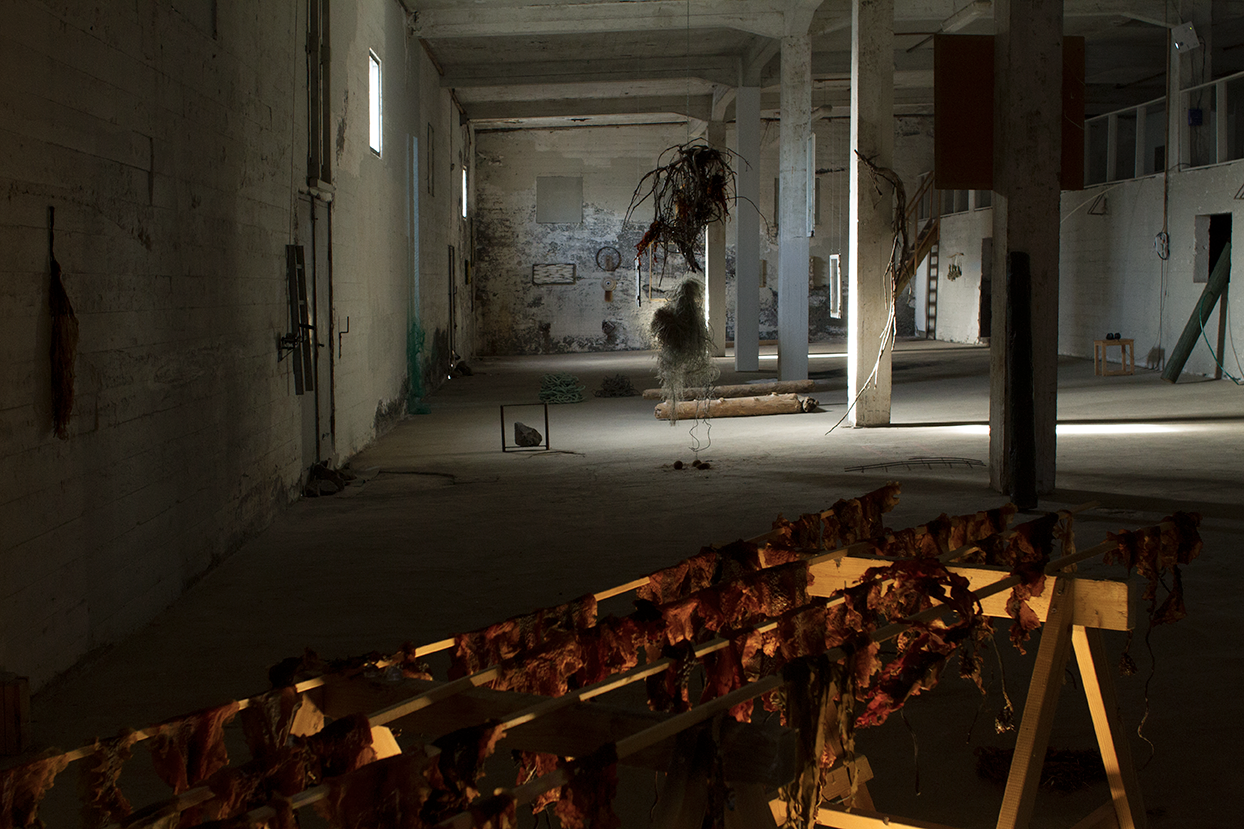











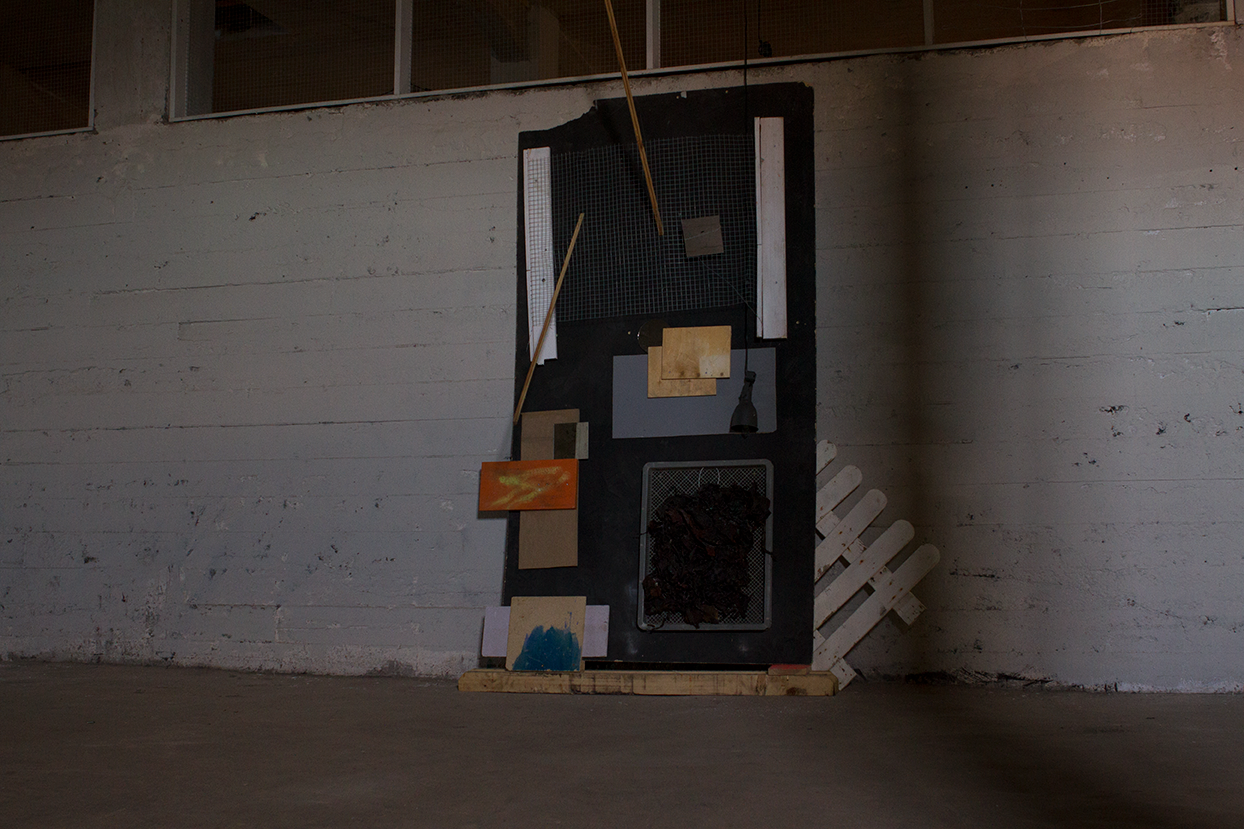



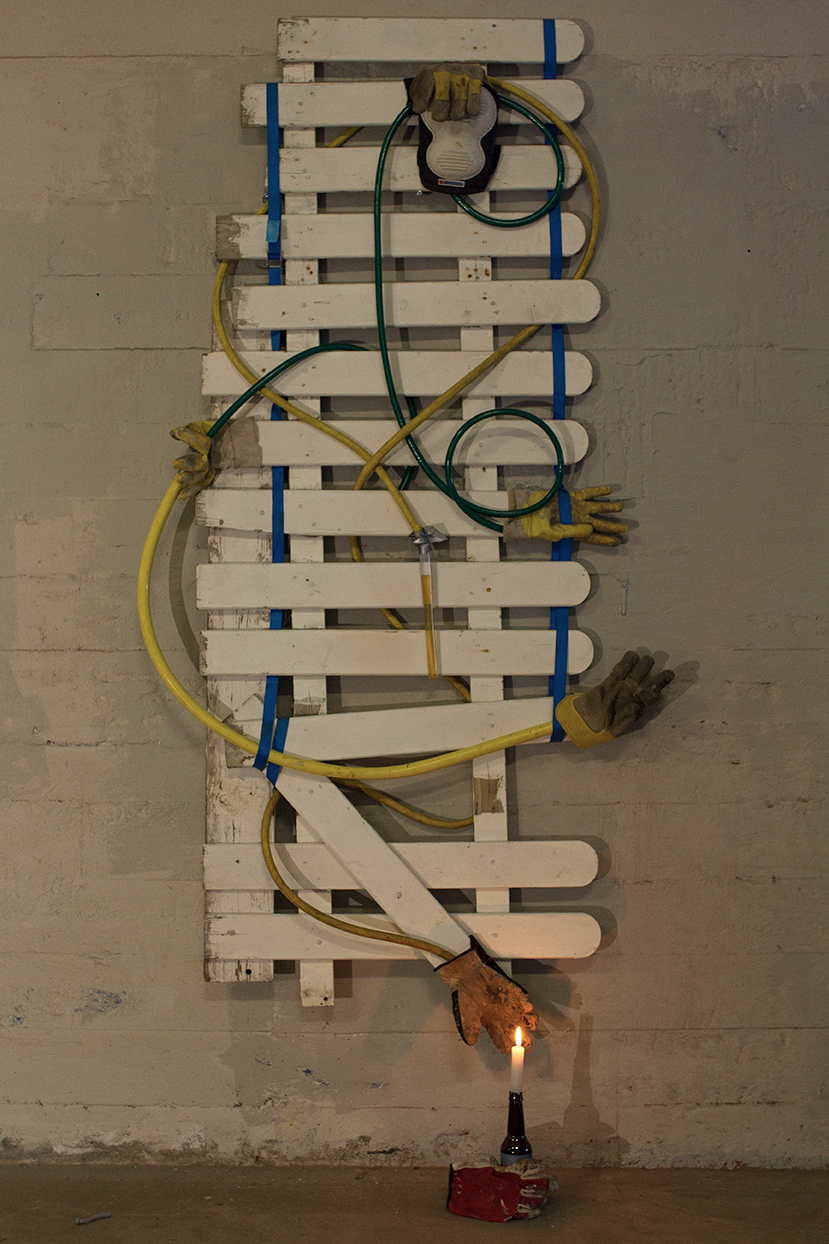

INSULA CAMPO VERITÀ or: An island in the field of truth (Latin)
“It is now easier to imagine the end of the world than to imagine the end of capitalism”. -Fredric Jameson
A diverse group of artists, designers, writers, and curators— representing 6 different European countries, have convened at Verksmidjan Hjalteyri with the purpose of not only imagining a world devoid of capitalistic ideology, but to create a utopic microcosm that seeks to challenge the fundamentals of our current ecocidal consumerist system. Taking the form of an intensive 3 week-long social experiment presented as an art exhibition, the group will live together sharing philosophies, engaging in hikes, performances, and political debates. They will integrate with the local community and source their food through fishing while embracing an ethos of experimentation throughout the residency.
If one were to imagine the ideal location to host a utopian collective during the age of end-stage capitalism, the gallery of Verksmiðjan, a decommissioned herring factory in the isolated village of Hjalteyri is an obvious setting. The idyllic landscape along the shores of Eyjafjörður fjord, framed by the arctic circle, and contrasted with the derelict post-industrial megalith that houses the gallery provides the inspiration for what the collective refers to as “a journey of utopian romantic exploration”. Iceland being the remote island nation that it is, with its awe-inspiring landscapes of glaciers, geysers, hot springs, and lava fields, garners significant international attention due to its youthful dynamism. But Iceland’s countryside is in danger of becoming a Disneyfied consumerist adventureland via the country's newfound tourist economy. (An economical model based on the commodification of nature's aesthetics.) Indeed the country is in need of altruistic artists that seek to redefine what constitutes the Icelandic sublime.
The group views nature as the divine masterpiece, and believes it cannot be rivaled. The natural world commands respect and demands that we coexist harmoniously within its kingdom. One must listen, observe, and immerse oneself in its perplexity, for humanity is not independent of the wilderness, but stewards of this land that inspires so many artists. Fine art must attempt to reconcile the anthropocene and its cataclysmic environmental consequences. It’s imperative that it challenges the commodification of art objecthood that only serves to broaden the exclusivity of the Art World. This is exacerbated by a prevailing elitism which caters solely to a commercialist ideology— therefore the artists in this show have chosen to embrace a practice that questions the notion of perpetually generated exhibitions. By producing artworks with pre-existing materials, they are striving for a zero-production economical design. This radical production model is best exemplified by the work of the shows co-curator Joseph Marzolla, whose Walk in Progress series has seen the artist traverse upwards of 16,000 KM since the year 2013. Reminiscent of Richard Long’s conceptual works based around walks, but unlike Long’s practice, Marzolla’s long-distance treks remain exclusively intangible, and never embrace marketable strategies— an ethos that promotes the importance of sustainability in not only the art world, but our entire society as well.
Iceland's art history, much like its ever-changing geological terrain, has been slowly gaining prominence on the international art stage. It is pivotal that these artists immerse themselves in this fertile scene, as they question the prevailing systems that shape the art world.
They have already established strong connections with local artists, writers, independent curators, artist-run spaces, and museums in Iceland. Through these collaborations, they aim to open up discussions, exchange perspectives, and inspire positive change within the art community and beyond.
Together, the group recognizes that power that lies in collective actions. By joining forces and nurturing a spirit of collaboration, they could foster a meaningful change in our world where every individual has the capacity to contribute in their own unique way— Þorbjörg Jónsdóttir via her curatorial and artistic prowess. Gústav Geir Bollason as gallery director and co-curator of this project. Artist Voin De Voin whose work “look’s to find evidence for our post-apocalyptic existence in the object’s loss of essence”. Mao Alheimsdottir, an icelandic writer, explores in her work the connection between nature and human emotions. Artist and curator Emilie Pischedda whose previous group shows have sought to “establish a certain meaning through the representation that each artist makes of the world”. Michaela Lakova adds their resume of experimental anthropological documentaries and video artworks that investigate such themes as the ethics of digital traces and data ownership. Amanda Riffo brings their conceptual practice that explores such themes as cognitive science, and work ethics within the arts. Bryndís Björnsdóttir contributes by bringing her artistic practice of decolonizing corrupt ecologies. And lastly Polish artist Karolina Daria Flora adds her lucious, abstract naturalism.
It is through their shared dedication, empathy, and receptiveness that these artists can create a space in which transformative ideas can thrive. Let us all walk this path with them; embracing humility and exploring new perspectives while challenging the status quo.
In 1985 Reynir Pétur Ingvarsson spent 32 days walking Iceland's ring road to raise money for the revolutionary Sólheimar Ecovillage. This summer Joseph Marzolla began walking from Amsterdam, eventually taking a boat to Seydisfjordur and ending his journey in Hjalteyri to launch this exhibition. On his backpack he wears a flag that reads, “I walk for peace, love, and kindness”.
Lee Lynch